
Explosive potential
The Vietnamese FMCG market is considered an attractive "piece of cake" worth billions of USD, creating fierce competition between multinational corporations and long-standing domestic enterprises. Multinational "giants" have been present and established a solid position in the minds of Vietnamese consumers such as: Unilever, Procter & Gamble (P&G), Coca-Cola, Suntory PepsiCo , FrieslandCampina (Dutch Lady milk), Abbott...
Meanwhile, Vietnamese enterprises are gradually asserting their position at home with the advantage of understanding Vietnamese culture, taste and consumption habits. Familiar prominent names include Masan Consumer (CHIN-SU soy sauce, Nam Ngu fish sauce, Omachi instant noodles, Wake Up 247...); Vinamilk, TH True Milk, NutiFood or Vinasoy...
Every business, whether foreign or domestic, has its own strengths in terms of brand, distribution channels, and customer segments. Therefore, in this market, it is not only a race on price, promotion, or quality, but also requires brands to create a distinct and sustainable competitive advantage.
In 2025, businesses are trying to quickly grasp consumer trends and offer optimal solutions for customer experiences. According to TPS Research, Vietnam's FMCG industry is expected to grow strongly with a CAGR of 12.05% in the period 2024-2029. The retail market size is predicted to increase from 276.37 billion USD in 2024 to 488.08 billion USD in 2029, making Vietnam one of the fastest growing consumer markets in Southeast Asia.
The current FMCG picture shows that the Vietnamese market is in a period of "heavenly time, favorable location, and harmony" when it is on the threshold of a strong consumption growth cycle, driven by favorable macro and social factors. The rise of the middle class and the average income per capita is approaching the 5,000 USD mark - the income threshold that promotes the shift from "full stomach and warm clothes" to "delicious food and beautiful clothes".
Despite rapid growth, Vietnam’s per capita FMCG spending is just under $120. Vietnam is at the stage that China and Thailand experienced 7-10 years ago, meaning there is potential for compound growth in both volume and value in the future.
In addition, rural areas are still under-exploited. With nearly 60% of the population living in the area but only accounting for 40% of total FMCG consumption, rural areas are "fertile land" for businesses with extensive distribution networks and suitable products.
With the open market potential and the constant movement of consumer behavior, the FMCG industry in Vietnam is entering a period of promising breakthroughs. Brands need to be sensitive to grasp trends and must be brave to experiment and innovate to create a difference and attract consumer support.
Three pillars reshaping the FMCG game
The Vietnamese FMCG market is entering a period of explosive growth, where great opportunities come with fierce competition, deep understanding of consumers and the speed of innovation will determine the victory of domestic enterprises.
For example, Masan Consumer Goods Joint Stock Company - the leading unit in the Vietnamese consumer industry is also restructuring its system to make a breakthrough. Masan Consumer focuses on 3 main spearheads for sustainable development: Premiumization of products, expanding out-of-home consumption and promoting R&D with the Consumer Innovation Center (CIC) as its core.
Premiumization is a strategy that helps Masan Consumer lead the trend by continuously upgrading key brands. A typical example is elevating Omachi noodles to the high-end segment with the launch of Omachi Self-Boiled Hot Pot, bringing the restaurant experience to convenient meals. This strategy not only increases value for consumers but also helps significantly improve profit margins for businesses.
The trend of expanding consumption outside the home has seen Masan Consumer actively develop "on-the-go" products (for use on the go) to serve modern lifestyles, such as Wake-Up 247 coffee energy drink. The goal is to serve consumers in all spaces and times, beyond the traditional kitchen.
The mission of "Serving the complete daily needs of Vietnamese people" is also demonstrated through the continuous expansion of the portfolio from essential foods to ready-to-eat products, convenient meals and 1-dollar meals, ensuring that the Company can meet all the needs of consumers in different income segments.
In order to continuously launch new products to meet the increasingly diverse needs of consumers, the Consumer Innovation Center (CIC) was formed. The brand ecosystems CHIN-SU, Nam Ngu, Omachi, Kokomi, Wake-Up 247... were also born from here with an understanding of customers. The combination of CIC, the WinCommerce retail system and the WiN+ platform is helping Masan shorten the speed of launching new products to the market in less than 12 months, creating a competitive advantage in speed.
Notably, CHIN-SU has established its leading brand role in the spice industry with a strategy that focuses on innovation. In core products such as fish sauce, soy sauce or chili sauce, CHIN-SU continuously launches products with exclusive formulas, combining global culinary inspiration and Vietnamese taste. Meanwhile, Nam Ngu fish sauce products are being researched and innovated to enhance regional specialties across Vietnam. Typically, Nam Ngu Ly Son chili and garlic products have sold more than 18 million bottles to the market since its launch (in 2023) to date.
Statistics show that nearly 20% of Masan Consumer's revenue in the 2018-2024 period comes from innovative products, demonstrating effective R&D capabilities. New products quickly capture the love of modern consumers, contributing to a 62% growth in new product revenue in 2024.
Thanks to its innovation capacity, Masan Consumer is ready to list on HOSE, with a transparent business results table, strategic vision, and a methodical business model. It is the ability to turn macro potential into micro competitive advantages that has created the core value and attractiveness of MCH before listing. Since trading on UPCoM in 2017, MCH's share price has increased by 62% to VND 145,600/share (October 17), equivalent to a capitalization of more than VND 153,856 billion.
Source: https://baotintuc.vn/kinh-te/giai-ma-noi-luc-viet-tren-san-choi-ty-do-20251104082625317.htm




![[Photo] Panorama of the Patriotic Emulation Congress of Nhan Dan Newspaper for the period 2025-2030](https://vphoto.vietnam.vn/thumb/1200x675/vietnam/resource/IMAGE/2025/11/04/1762252775462_ndo_br_dhthiduayeuncbaond-6125-jpg.webp)


![[Photo] Opening of the 14th Conference of the 13th Party Central Committee](https://vphoto.vietnam.vn/thumb/1200x675/vietnam/resource/IMAGE/2025/11/05/1762310995216_a5-bnd-5742-5255-jpg.webp)




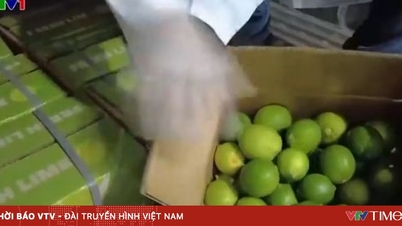
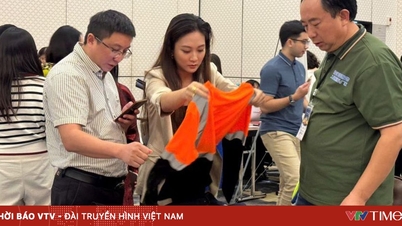
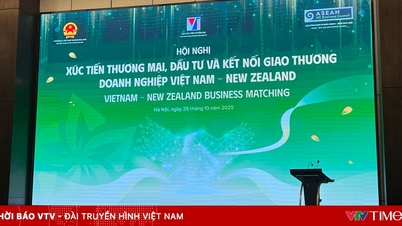







































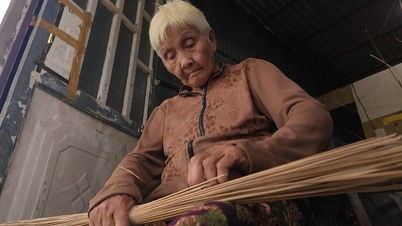






















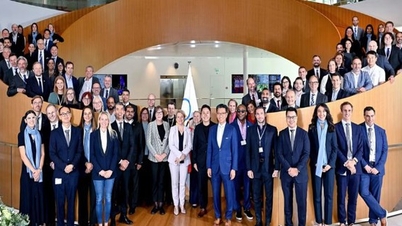





























Comment (0)